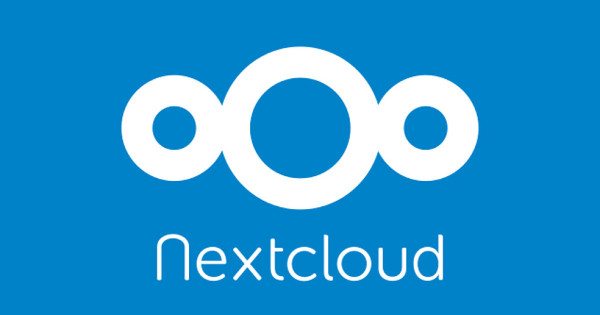For instant messaging I’ve been primarily using Telegram. I think it’s a good compromise between openness and features and mass adoption. It can also do encrypted audio calls, but it can’t do video calls and audio/video conferences of multiple people.

That’s why I was looking for some tool for video calling and conferencing. I didn’t want something completely closed (Skype, Hangouts,…) and ideally something I can run on my server.
I’ve been a big fan of Nextcloud and running it on my Fedora VPS for 1,5 year. In my opinion it’s a great open platform for online services. They used to offer SpreedMe service which was pretty clumsy and difficult to install and I never fell for it. Fortunately they recently announced Nextcloud Talk, a complete rewrite, open source and based on WebRTC. Is it what I was looking for?
It requires Nextcloud 13, so I had to wait until this version was out this week. (I actually find it quite strange to announce and do a big PR for an app that requires a version of Nextcloud that hasn’t been released yet.) The installation is super-simple now. You just go to the application store, click “Enable”, and that’s it.
I’ve been using it for several days, so what is my experience with it? You can make calls with other users in your Nextcloud instance (it also supports federation, so you can extend it to users of other connected instances), but you can create a conference room to which you can invite other people via a link (can be protected by a password).
Besides basic audio and video calls it allows you to share a screen and there is a text chat available to participants which is handy e.g. for sharing links. It just works in modern browsers. You send someone a link, they open it, and you can start talking. Nextcloud Talk also have apps for Android and iOS, so you can join calls from your phone. But they can only do video and audio, they don’t support text chat yet and you can create a new call room in them.
Feature-wise Nextcloud Talk is already fairly close to Bluejeans, the enterprise solution we use for video conferencing in Red Hat.

Are there any problems? It’s the first release, there definitely are. One-to-one calls between registered users work reliably. I can’t say the same about conference calls with unregistered users. I tested it with two colleagues of mine who I invited via a link. I could only see video of one of them, he could see me, but couldn’t see the other person… Also connecting all participants is not always reliable.
Nextcloud offers its own STUN server. In settings you can add more STUN servers or even TURN server (but it’s not very desirable because all traffic then goes through your TURN server). I wonder if that would help.
There are also some problems in the UI. You can close the panel with the chat, but the icon for getting it back is black and it’s placed in the black corner of the video output of the other person, so it’s invisible. The UI of the mobile app sometimes sort of freezes, so it’s impossible to hang up.
But overall Nextcloud Talk looks very promising as a solution for those who want to easily deploy a video conferencing system on their premise. As I said one-to-one calls already work well for me and I hope the video conferences of multiple people will improve with future releases or I will find settings that fix the problems I’m having.
Leave a Reply